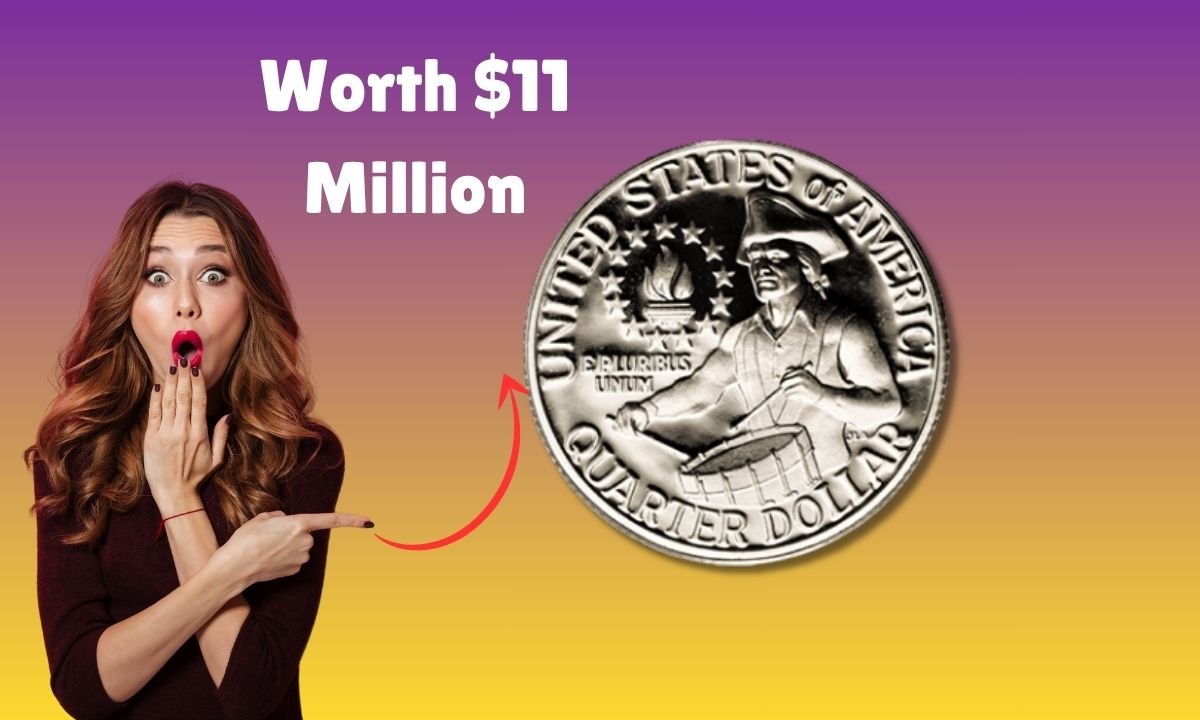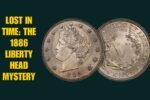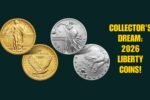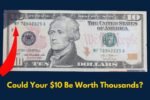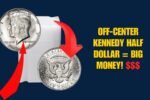In the coin collecting world, few coins bring as much excitement as the 1976 Bicentennial Quarter. Most of these quarters are only worth 25 cents. But a very rare few can be worth as much as $3 million.
Why the 1976 Quarter Is Special
This quarter was made to celebrate 200 years of U.S. independence. It has a special design with a colonial drummer and a torch surrounded by 13 stars. It also shows the dates 1776–1976 instead of just one year.
These quarters were made in 1975 and 1976. Over 1.6 billion were made. But only a few rare types are worth big money.
Comparison of Common and Rare Bicentennial Quarters
| Feature | Common Bicentennial Quarter | Rare Bicentennial Quarter |
| Metal Composition | Copper-Nickel | 40% Silver or Error Planchet |
| Mint Mark | D (Denver) or P (Philadelphia) | S (San Francisco, Proof) |
| Value | 25 Cents | Up to $3 Million |
| Condition | Circulated | Uncirculated / Proof |
| Special Errors | None | Double Die, Off-Center Strike |
Struck in 40% Silver
Normal quarters are made of copper-nickel. But some rare ones were made in 40% silver. These were sold to collectors in special sets.
You can check the edge of the coin. A silver coin will not have the orange or copper stripe. Silver quarters also weigh more — about 5.75 grams compared to 5.67 grams.
Proof or Error Coins
The most valuable coins are proof coins or ones with mistakes. Proof coins have sharp details and shiny, mirror-like surfaces. They often have an “S” mint mark for San Francisco.
Some coins have errors, like doubled numbers or being struck off-center. These mistakes make the coins very rare and valuable.
Coins in Perfect Condition
Coins that look brand new are worth much more. These are called “mint state” coins. If a coin is graded MS-67 or higher, it means it is almost perfect.
Such coins are hard to find. No marks, no scratches, and no wear. This perfect condition increases the coin’s value.
Missing Mint Marks and Unique Blanks
A few Bicentennial Quarters were found without mint marks. Others were made on wrong metal blanks. These mistakes are very rare.
Because they were not meant to be made this way, collectors will pay a lot for them. Each of these errors tells a unique story.
How to Check If You Have One
You don’t need to be a pro to check your coin. Here are some easy tips:
- Look at the Edge: If there is no orange stripe, it might be silver.
- Check for Mint Mark: An “S” means it could be a proof coin.
- Use a Scale: A silver coin will weigh about 5.75 grams.
- Use a Magnifying Glass: Look for doubled letters or numbers.
- Send it for Grading: If it looks shiny and new or has errors, send it to PCGS or NGC to get checked.
Final Thoughts
Most Bicentennial Quarters are worth only face value. But if you find one that is silver, has an error, or is in perfect condition, it could be very valuable. Some rare types have been priced at up to $3 million.
It’s worth checking your coins. You might be carrying a fortune in your pocket without knowing it.
FAQs
How do I know if my 1976 quarter is rare?
Look for silver color, mint errors, or an “S” mint mark.
What does the “S” on a quarter mean?
It means the coin is a proof from San Francisco.
Are all Bicentennial quarters valuable?
No, only rare ones with errors or silver content.
How much should a silver quarter weigh?
It should weigh around 5.75 grams.
Where can I check my coin’s value?
Send it to PCGS or NGC for grading.
